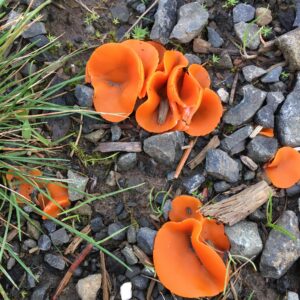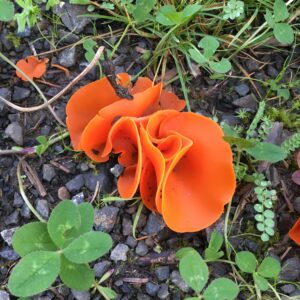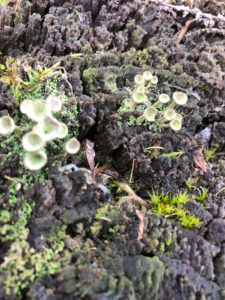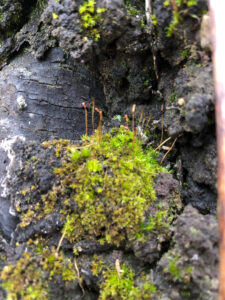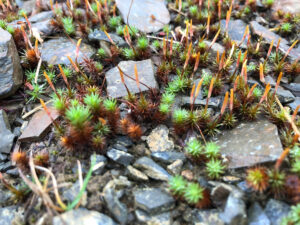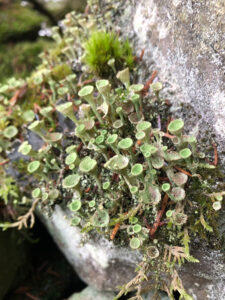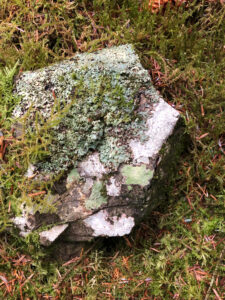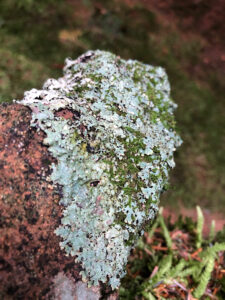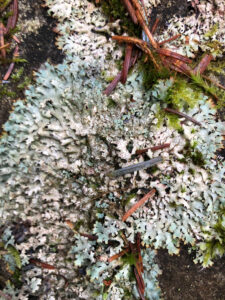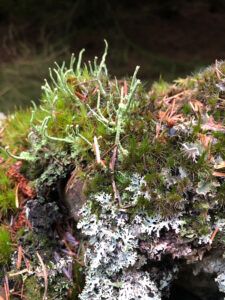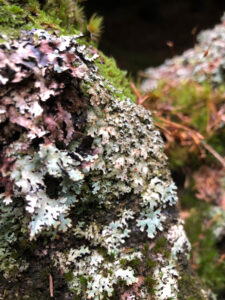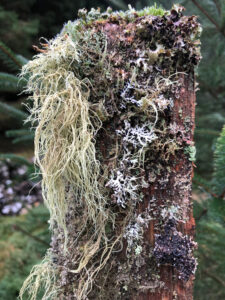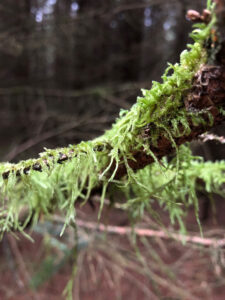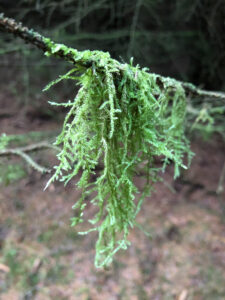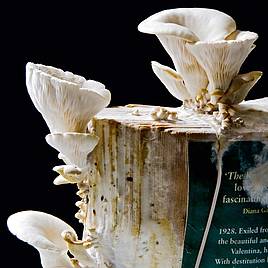Growing mushrooms onto paperback books:
These are the books that I used for this project:
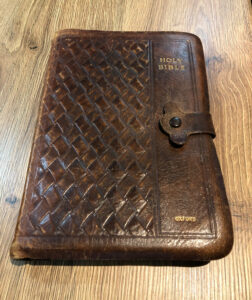

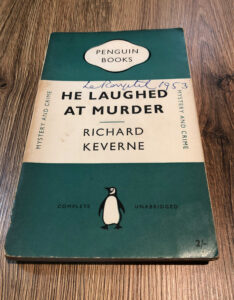


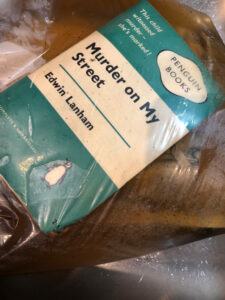
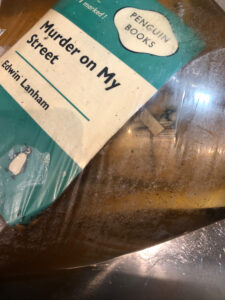
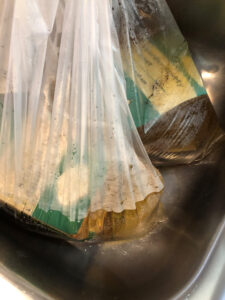

Intentions:
To explore another way of expressing my feelings towards violence against women throughout history. By using old books this was a way of showing this, and I specifically selected books with stand out titles that depicted my subject of violence, murder and the police. (TI also included the bible as I wanted to see the effects that the mushrooms would have on the leather cover)
I used a selection of paperback books to grow mushrooms onto, using a mushroom growing kit.
I selected the books for their titles, not the contents. I feel that if people haven’t read the books then they are less inclined to understand my intentions with this work.
